Jalpai Fruit
₹1,399
The Jalpai Fruit, scientifically known as Elaeagnus latifolia, is a unique and versatile fruit tree native to the Indian subcontinent. Renowned for its distinctive, slightly tart flavor and numerous health benefits, Jalpai has been cherished for centuries in traditional Indian cuisine and medicine.
26 people are viewing this product right now
🔥 5 items sold in last 3 hours
Sold Out!
This product is currently unavailable
The Jalpai Fruit, scientifically known as Elaeagnus latifolia, is a unique and versatile fruit tree native to the Indian subcontinent. Renowned for its distinctive, slightly tart flavor and numerous health benefits, Jalpai has been cherished for centuries in traditional Indian cuisine and medicine.
Key Features & Benefits
- Rich in Nutrients: Jalpai fruits are packed with essential vitamins, minerals, and antioxidants, making them a nutritious addition to your diet.
- Culinary Versatility: The fruits can be consumed fresh, pickled, or used to make jams, chutneys, and other delicacies.
- Medicinal Properties: Traditionally used in Ayurvedic medicine, Jalpai is believed to possess various health benefits, including improved digestion, enhanced immunity, and potential anti-inflammatory properties.
- Ornamental Value: The tree itself is an attractive addition to any landscape with its glossy leaves and fragrant flowers.
- Sustainable Option: Growing Jalpai can contribute to sustainable agriculture and promote biodiversity.
Plant Care Guide
Ideal Plantation Locations
Jalpai trees thrive in warm, subtropical climates with ample sunlight. They prefer well-drained, fertile soil with a slightly acidic to neutral pH. Suitable regions include the Indian subcontinent, Southeast Asia, and other tropical and subtropical areas.
Planting & Gardening Instructions
- Location: Choose a sunny location with good air circulation.
- Soil Preparation: Prepare the soil by digging a hole slightly larger than the root ball. Mix in well-rotted organic matter like compost or manure to improve soil fertility and drainage.
- Planting: Gently place the root ball in the hole, ensuring it’s at the same level as the surrounding soil. Backfill the hole with soil, firming it gently around the roots.
- Spacing: Plant trees at a distance of 15-20 feet apart to allow for adequate growth and development.
Watering
Water the tree regularly during the establishment phase. Once established, it can tolerate moderate drought conditions. However, consistent watering during dry spells is recommended for optimal fruit production.
Fertilizers
Apply a balanced, slow-release fertilizer during the early spring before new growth begins. Avoid excessive fertilization, as it can lead to excessive vegetative growth at the expense of fruit production.
Repotting Instructions
Re-potting may be necessary for young trees to accommodate their growing root system. Choose a pot that is slightly larger than the current one. Repot during the spring or early summer before the onset of new growth.
Fruiting Season
Jalpai trees typically start fruiting within 2-3 years after planting. The fruiting season usually occurs during the late summer or early autumn.
Usage Ideas
- Culinary Uses: Fresh consumption, pickling, jams, chutneys, pickles, and other culinary preparations.
- Ornamental Uses: Landscaping, avenue trees, and home gardens.
- Medicinal Uses: Traditional Ayurvedic medicine and herbal remedies.
Care Tips
- Pest and Disease Control: Monitor for common pests and diseases and take appropriate measures for control.
- Pruning: Prune regularly to maintain shape, remove dead or diseased branches, and encourage healthy growth.
- Mulching: Apply a layer of organic mulch around the base of the tree to conserve moisture, suppress weeds, and regulate soil temperature.
Only logged in customers who have purchased this product may leave a review.
Related products
Designed, Developed & Maintained by Growww.
Copyright © 2024 Ashok Chakra Nursery

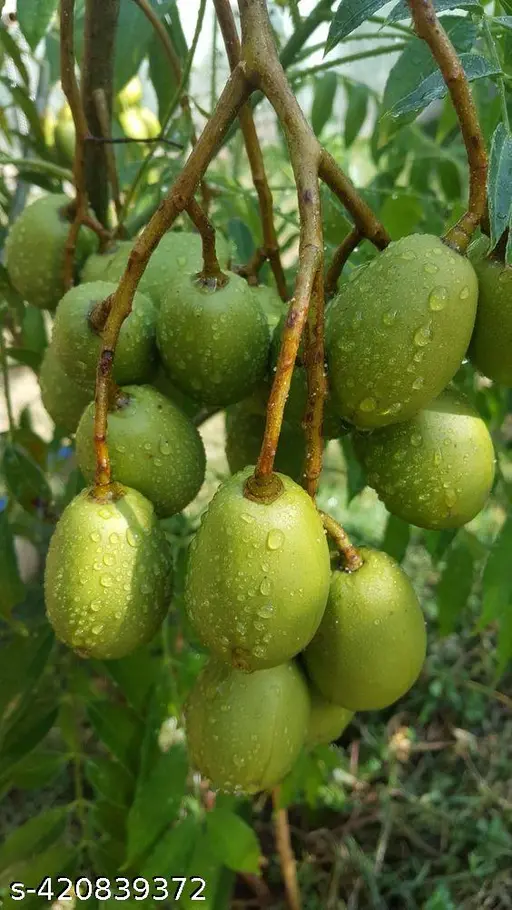
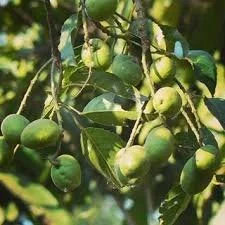
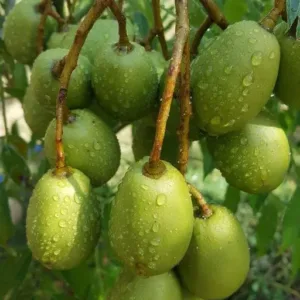
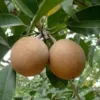
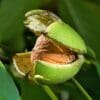
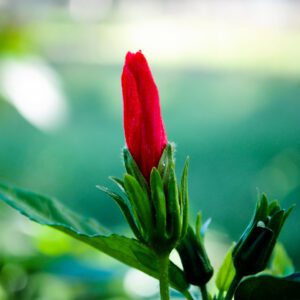
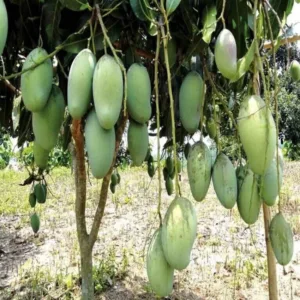
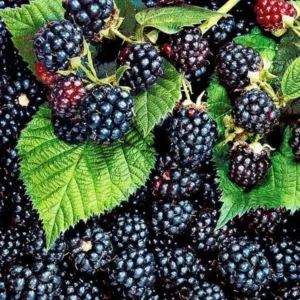
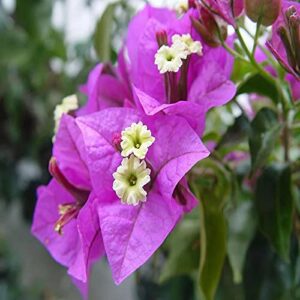
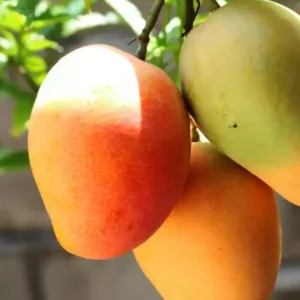
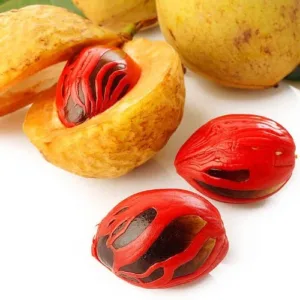

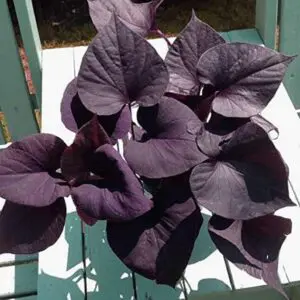
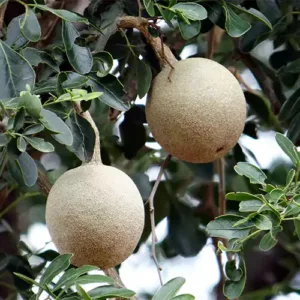
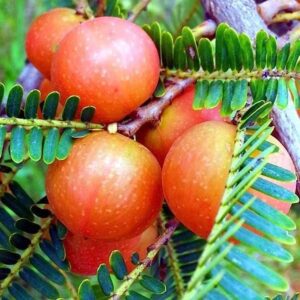
Reviews
There are no reviews yet.